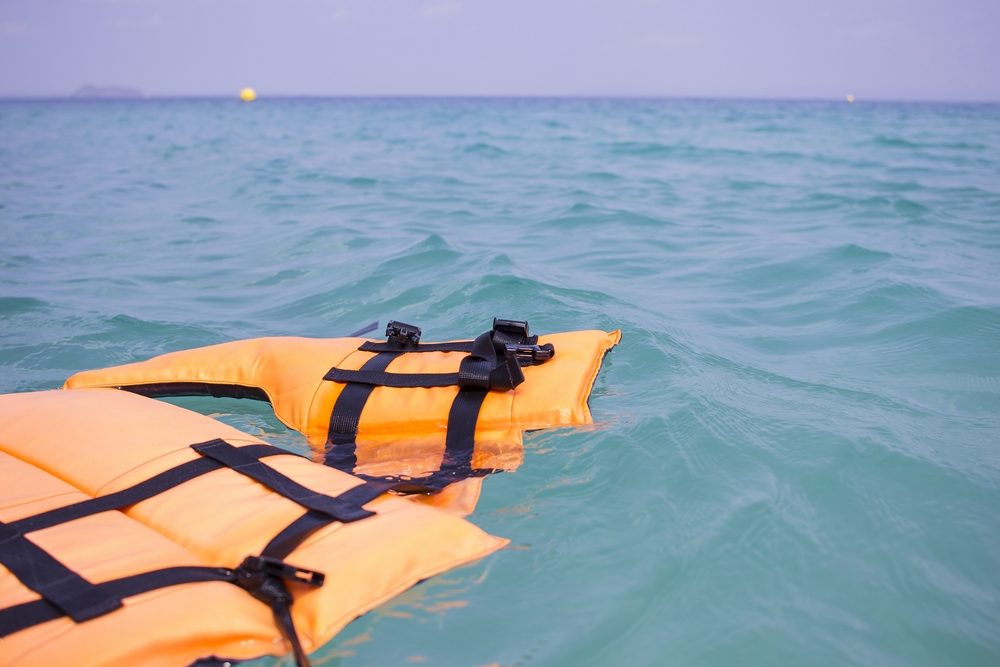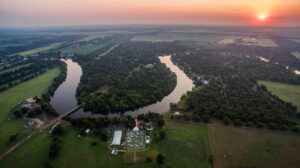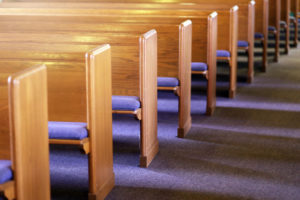
On April 13, just three hours after leaving Port Fourchon, the Seacor Power lift boat capsized with 19 crew on board. The Coast Guard officially called off its search and rescue mission on April 19, after just six crewmembers were found alive. The bodies of six others have been discovered, with the remaining seven still missing but presumed dead.
In the wake of this tragedy, the devastated families of the deceased and injured are looking for answers to an important question: Who is responsible for the Seacor accident?
An investigation by the National Transportation Safety Board (NTSB) is underway, and the final report is expected to take between 18 and 24 months to complete. However, the NTSB released a brief, preliminary report on May 18.
Initial Seacor Accident Investigation Findings
The NTSB’s preliminary report contains facts of the boat accident but not a complete analysis of those facts, nor does it indicate who is at fault. It does paint a clearer picture of what happened the day of the accident.
According to the report, the NTSB investigators learned that at about 3:30 p.m., as the Seacor Power boat transited the open waters of the Gulf, a squall passed over the liftboat. With visibility dropping and winds increasing significantly, the crew decided to lower the legs to the seafloor to hold the vessel in position until the storm passed. The crewmember at the helm attempted to turn the Seacor Power boat into the wind as the legs began to descend. Before the turn was completed, the liftboat heeled to starboard and capsized.
NTSB investigators also learned several people were able to escape onto the exposed port side of the Seacor Power boat’s deckhouse. High winds and seas that had built to 10 to 12 feet prevented rescuers from reaching those who remained on the liftboat. Some were washed into the water, and six were eventually rescued, with one survivor suffering a serious injury.
Other Parts to the Seacor Accident Investigation
In addition to the findings in the initial report, the NTSB’s investigation will likely consider the weather conditions at the time the boat left port, what the forecast was versus what they encountered, and who decided to start the journey.
The Seacor investigation will consider the crew’s training and staff safety protocols. The condition of the boat and its machinery, and environmental factors, namely the weather, are also essential factors. Who deemed it safe to leave port in poor weather conditions is a crucial part of figuring out who, if anyone, is at fault for the Seacor boat accident.
Since work delays can lead to financial losses, ensuring those who stood to profit from the work the crew was to perform is part of the process. At this point, it’s unknown if there was pressure by the companies involved, but their role in the disaster will be investigated.
Seacor Power Accident Lawsuits
Lawsuits against those involved in the Seacor Power boat accident have already emerged, and there may be more as facts are revealed, and the final report is released. At least four lawsuits by the wives and families of crew members who died or are presumed dead have been filed, and the role of maritime law in the Seacor accident is an integral part of these claims.
Two types of maritime law have been referenced in the lawsuits: The Death on the High Seas Act (DOHSA) and the Jones Act. The DOHSA applies to accidents that occur more than three nautical miles off U.S. shore. Since the Seacor accident occurred about eight miles out, a spouse, parent, child or dependent of a crewmember who died in the offshore accident may be able to seek financial compensation.
In another lawsuit, violations of the Jones Act have been cited. This legislation holds companies responsible for providing safe working environments, such as ensuring equipment is maintained correctly, the crew is adequately trained, and other safety measures.
The most recent lawsuit filed by the deceased captain’s wife makes a serious claim against Seacor Marine, Seacor Liftboats LLC, and Talos Energy, the company that commissioned the boat. She claims the captain was pressured to set sail despite poor weather conditions and holds the companies involved responsible for the tragedy. The lawsuit came just weeks after Seacor Marine publicly stated that the boat’s captain made the decision to leave port, not them.
Salvage Operations of the Seacor Power Boat Continue
Seacor Marine, along with the Coast Guard, began salvage operations less than two weeks after the boat capsized. Salvage crews have finished offloading 20,000 gallons of diesel fuel, so eventually, the boat can be removed from the Gulf of Mexico. As the salvage efforts continue, the NTSB investigators will return to the scene to inspect the vessel and collect further evidence.
As one of the worst tragedies in the Gulf of Mexico’s recent history, the final results of the investigation are highly anticipated by everyone affected. Tragedies such as this garner national and even international attention. There is no doubt that many will be watching closely.
The experienced New Orleans offshore accident attorneys at Herman, Katz, Gisleson & Cain LLC are very familiar with maritime claims. Our firm was instrumental in the DEEPWATER HORIZON litigation. The DEEPWATER HORIZON catastrophe is widely considered to be the worst offshore maritime disaster in American history. Our firm led the charge to hold BP accountable for its gross failures that led to this tragic maritime accident. If you or someone you know has been injured in an offshore accident, our experienced maritime injury lawyers can help. For more information or a free case consultation, contact us online or call us toll-free at 844-943-7626.

Jed Cain is a partner with Herman, Katz, Gisleson & Cain. He has dedicated his career to representing injured folks and their families.








Comments for this article are closed.